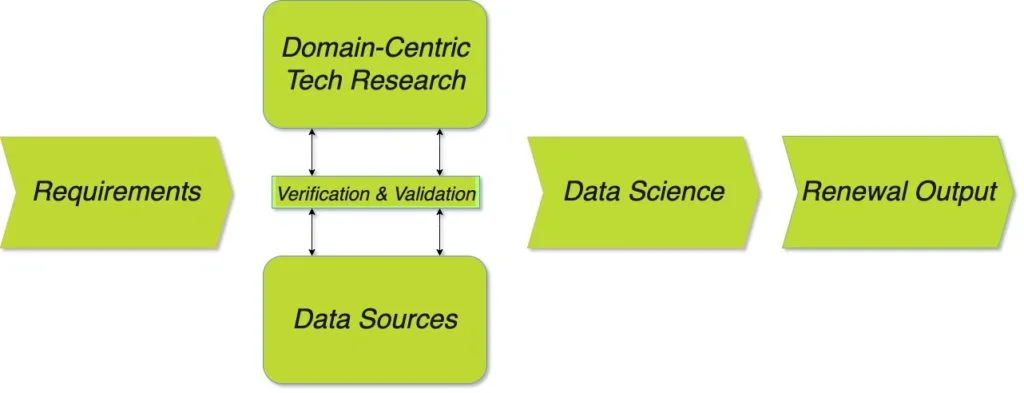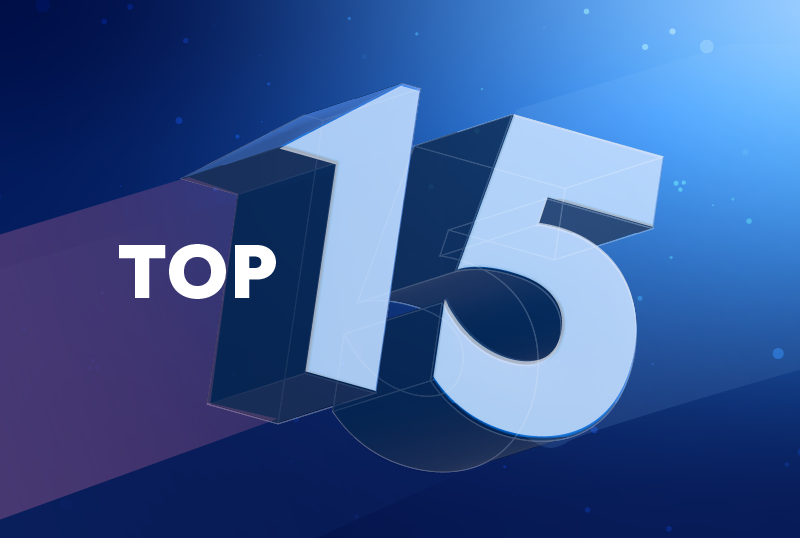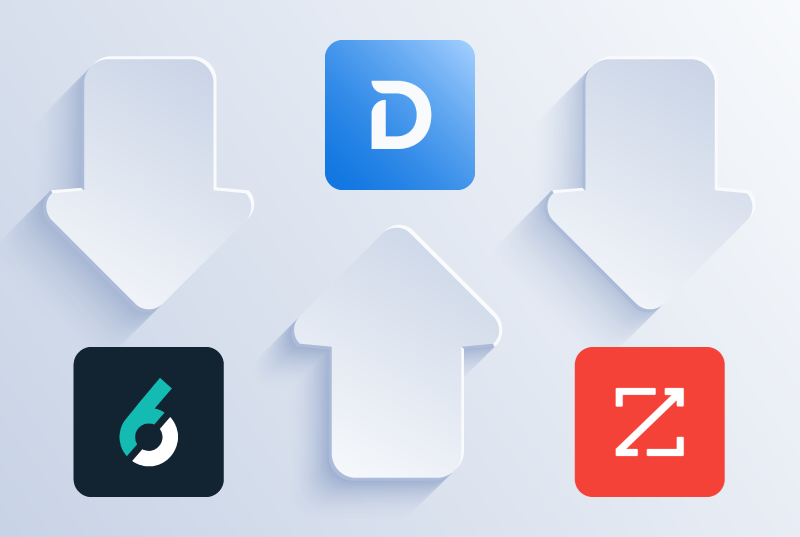Timing is Everything: Streamline your GTM with product renewal intelligence
Understand the importance of knowing when a product is about to renew, so you can strategically target accounts at a time when they are most likely to switch


Companies spend millions of dollars annually on sales and marketing efforts in order to identify what accounts they should engage with and what messaging they should send, but are often left wondering when is the right time to engage accounts to optimize revenues. Imagine your frustration and waste of precious resources when you’ve spend thousands of dollars engaging a prospect account for five months only to learn that they’d already purchased your competitor’s offering six months before. Youch! You’ve been knocking at a door that simply will not open for you.
“If you knock the right door, at the right time; you reach and meet the right person. – Ehsan Sehgal ”
The above quote sits true for your GTM strategy as well. Timing is one of the most critical factors in account-based marketing (ABM), especially for subscription businesses (i.e., SaaS, PaaS, etc.) that thrive on competitor churn.
What is the Renewal timeline?
Renewal dates are an evidence-based and research-driven timeline prediction that identifies when an installed technology is likely to have a renewal event within a given account. With renewal dates in hand, you can identify the highest propensity accounts because they’ll be considering a change of provider as their renewal date looms. Engaging an account in the middle of their subscription with a competitor can waste your time and money, while engaging that same account a month or two before their renewal date can lead to closing a “displacement opportunity” as the account decides whether to stay with their existing provider or switch over to you.
Demandbase provides you with competitor product renewal timelines built through deep domain research and stacked with millions of pieces of evidence based on data sources including Install Tech, Front End Signals, Jobs Data, and a few confidential data sources. Renewal data helps companies better plan their account prioritization, pipeline forecast, customer buying cycle, campaign strategy, better SDR allocations, and more.
Currently, our models predict the approaching renewal timeline for an account at the quarter’s level which lets you plan your account-based marketing campaigns for each quarter. This can be tremendously valuable for sellers because prospect accounts are looking for competitive information about potential vendor alternatives or options as their renewal dates loom. That “renewal window” is the perfect time for you to engage prospect accounts with promotional offers and relevant information about your product and/or service.
Figure 1. Demandbase Renewal Prediction Framework at High Level

With each step there comes a human in-loop of continuous data verification and validation practices to authenticate the closest prediction results.
Summary
Yes, you can overwhelm your prospects with expensive campaigns that may (or may not) be timely. You’ll need to get lucky because you’re not targeting account engagement in a timely way. Or else you can simply build a smarter GTM strategy with renewal dates that enable timely and effective engagement to prospects who are actually shopping around for your offering. It’s up to you.
By knowing when a product’s renewal date is approaching, marketers and sales representatives can strategically target accounts at a time when they are most likely to switch to YOU from a competitive offering. With renewal timeline data in hand, you can boost your ROI on “displacement campaigns” run by your GTM teams when accounts are most likely to buy. With sales as in life, timing can be the most important thing of all.
With renewal dates you can:
- Track when competitor’s product renewal approaches
- Get visibility into customer’s buying cycle
- Plan your outreach campaigns
- Build smarter account segmentation
- Upsell /cross-sell products when the customer is most likely to buy
- Manage quarterly sales pipe effectively
Rather than spamming your target accounts, renewal dates allow you to plan your campaigns at the time the account has the highest propensity to churn out from your competitor and replace said competitor with your offering.





